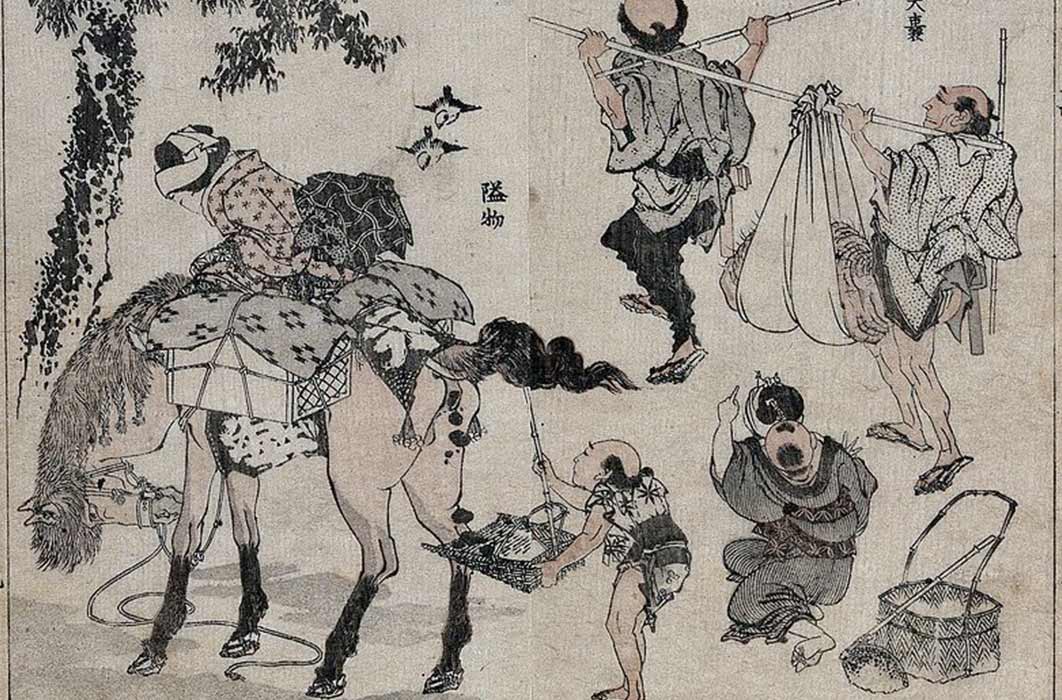
From Frescos to Manga: The Ancient History of Comic Books
Debuted in 1825, The Glasgow Looking Glass - later renamed The Northern Looking Glass- was a satirical publication which lampooned the fashions and politics of the time. The Glasgow Looking Glass included most of the elements of a modern comic, such as images with captions which tell a continuous story, as well as speech bubbles, caricatures and satire. Later, Ally Sloper's Half Holiday which debuted in the British humour magazine Judy in 1867, became the first weekly comic to feature a regular character. In 1890, two more comic magazines named Comic Cuts and Illustrated Chips were introduced to the British public, thus establishing the tradition of the British comic as a periodical anthology containing comic strips.

Frolicking Animals and Tengu, anonymous 18th century Japanese handscroll, Honolulu Museum of Art (CC0)
Actual comic books first appeared in the 1930s. Although they initially also offered little more than reprinted newspaper strips, this was quickly replaced by more original content leading up to 1938 with the first publication of Action Comics in the USA which went on to change and elevate the medium to an integral part of the culture at the time. During the Second World War, superheroes and talking animals were particularly popular and led to the birth of more comic genres such as westerns, romances, and science fiction. Around the same time in Japan, manga became a major contributor in the country’s publishing industry. However, there is a much older history of comics which has taken many paths in different parts of the world.

Frolicking Animals and Tengu, anonymous 18th century Japanese handscroll, Honolulu Museum of Art (Public Domain)
The History of Manga
Mangas are Japanese graphic novels. The word manga is made up of two characters: Man (whimsical) and Ga (Picture). The continuation of Japanese cultural and aesthetic traditions is central to manga's history. Toba-e hon, a book of drawings published in Japan during the Edo period (1603-1867), was perhaps the world’s first introduction to the concept of manga. Toba-e is a Japanese painting style based on works attributed to Toba Sojo from the 12th century. Toba Sojo (Bishop of Toba) (1053–1140) was a Tendai Buddhist high priest and artist-monk. He was skilled in both Buddhist art and satirical cartooning. His picture scroll Chj-jinbutsu-giga (Animal-person Caricatures) can be found at Kyoto's Kozan-ji temple. In the middle of 18th century Edo, Toba-e style images became popular as a commercial medium. Though their popularity did not last, Toba-e images have left an indelible mark on modern culture, particularly in manga.

Chouju Jinbutsu Giga First scroll; Preparing for a Feast (CC0)
Choju-jinbutsu-giga tells stories in sequential images with wit and humor, depicting animals acting out serious and comical human situations. It also includes early examples of fukidashi (speech bubbles) and other modern manga techniques such as figures appearing multiple times within a single illustration, a strong sense of visual progression, funny details within a larger scene, and the dominance of visual action over texts.




